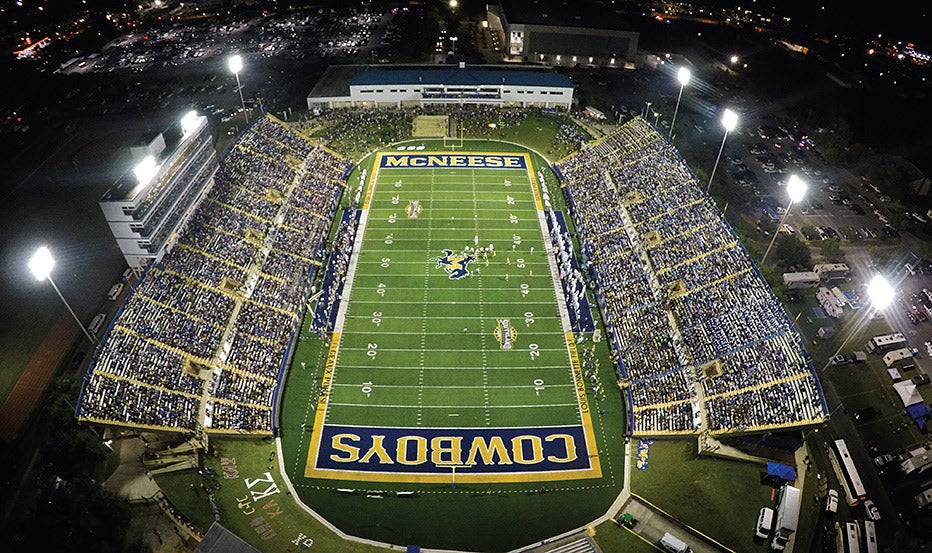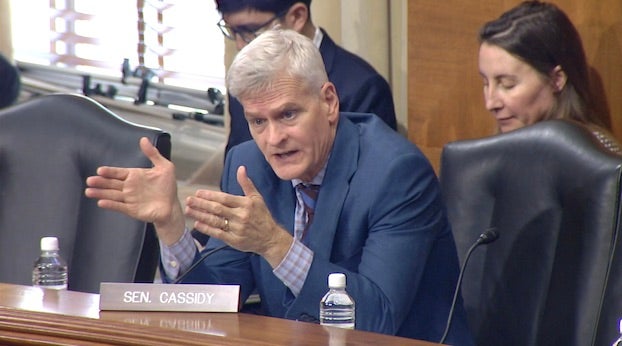State’s students need computers, internet
Published 6:00 pm Friday, April 24, 2020

- Photo Credit
Many students in Louisiana’s public schools are facing disadvantages when it comes to online learning. They either don’t have computers or internet service, or both, according to a recent survey by the state Department of Education.
More than 1 in 4 public school students lack access to a computer or tablet at home that is needed since public schools are closed for the rest of the current school year. The Advocate said just 66 percent of students have internet access at home and 78 percent have access to a phone that can be used for conference calls and learning.
Trending
The survey means that more than 200,000 of the 720,000 public school children (28 percent) lack home access to a computer or tablet amid a shutdown that will total nine weeks. The newspaper said two thirds of students, nearly half a million, live in low-income households.
Sandy Holloway, president of the state Board of Elementary and Secondary Education (BESE), said the results of the survey mean many students are unable to connect to their new online classrooms. It was reported recently that 39 of 69 school districts were offering some form of distance education, but all districts are offering students some form of continuing education.
The latest survey shows that 32 percent of districts are connecting with students daily, 38 percent weekly and 30 percent at some other frequency. A total of 173,000 students (24 percent) are getting no feedback.
Belinda Davis, another member of BESE, said the survey lets them know that online learning isn’t going to be the sole solution for the state without a major investment by school districts. She said the survey points to the limitations educators face in trying to minimize learning gaps.
Mike Faulk, executive director of the Louisiana Association of School Superintendents, said some superintendents are trying to get computers to the homes of students. However, he said if they don’t also have internet service, “what good is it?” Other challenges, he said, are web security and ensuring firewalls can withstand ransomware attacks.
In order to make up for lost time, the survey showed that 70 percent of the respondents are making contingency plans for summer school and 28 percent are studying an earlier start to the 2020-21 school year. It also highlighted the need for support of those with disabilities and professional training needed for teachers to aid in remote learning.
Trending
Education officials and legislators need to begin finding ways to get more computers into the hands of students and to give them the internet service already enjoyed by other students.
_______
This editorial was written by a member of the American Press Editorial Board. Its content reflects the collaborative opinion of the Board, whose members include Crystal Stevenson, John Guidroz, Jim Beam and Mike Jones.





